Along with other fusion welding methods, arc welding is used for joining metals. Arc welding accomplishes this by utilizing an electric arc that produces a concentrated amount of heat, which in turn melts metals and enables them to merge.
An electrical supply is used to produce this arc among an electrode and the base material, which melts them at the contact point. Arc welding can utilize either an alternating current (AC) or a direct current (DC) when welding.
How Does Arc Welding Work?
The power created in the arc welding process originates from either a DC or AC electrical supply. This produces a considerable amount of heat — about 6,500° Fahrenheit! — which is required for melting the base materials.
The arc then gets created between the workpiece and electrode, which can either be a wire or rod that is directed along the joint joining them. This can be done either by hand or mechanically.
Equipment Used in Arc Welding
Different equipment is used in the arc welding process, comprising of:
- Welding machine: Provides the electrical supply used for producing the heat necessary to the welding process.
- Electrode holders: They guarantee electrodes are held at a desirable angle.
- Leads or Cables: They conduct current from the machine to the workpiece.
- Cable connectors: Makes a connection between the machine’s switches and the electrode holder.
- Chip off hammer and wire brushes: Each are used for removing left over particles or materials created as a result of the welding process.
- Protective gear and face shield: Infrared and ultraviolet radiation is created when welding, in addition to sparks and heat. Protective clothing is worn, in addition to a screen or shield for safeguarding the face and eyes.
There are four primary types of arc welding.
- GMAW
- SMAW
- FCAW
- GTAW
Below is a deeper look at the four primary arc welding methods and how these various types of welding help keep the world operating.
Gas Metal Arc Welding:
Gas metal arc welding (GMAW), also called metal inert gas (MIG) welding, uses a continual solid wire electrode that is guided through the welding gun, along with a shielding gas to safeguard it from impurities.
Shielded Metal Arc Welding:
Shielded metal arc welding (SMAW) is a welding method that can be used on every ferrous material in every welding position. This type of welding is also referred to as stick welding. A flux-coated electrode (a metal stick in an electrode receptacle) that connects to an electrical source and contacts the base metal to create the weld. The flux protects the electric arc to hinder impurity.
Flux-Cored Arc Welding:
Flux-cored arc welding (FCAW) has a continual hollow wire electrode coming with a flux composite that safeguards the weld puddle by creating a gas. This type of welding is perfect for welding outside and for welding on unclean or polluted materials, because it doesn’t require an outside shielding gas to safeguard the weld from atmospherical factors. Similar to the SMAW method, FCAW also creates slag that is chipped off following the weld giving it a clean look.
Gas Tungsten Arc Welding:
Gas tungsten arc welding (GTAW) is also referred to as TIG welding, which is an acronym for tungsten inert gas. Much like GMAW welding, an inert protective gas is utilized. However, unlike GMAW, which uses a wire that additionally acts as filler material, GTAW heats up workpieces by way of a tungsten electrode that dispenses current to the welding arc. The arc melts the metal and creates a liquid puddle. A filler rod then can be added if required to increase the strength of the weld.
ARTISTIC ALLOYS & DESIGN OFFERS CUSTOM METAL FABRICATION IN ARIZONA, CALIFORNIA, COLORADO, & MORE
Artistic Alloys & Design offers metal design and fabrication for the entire US! If you live anywhere in the Phoenix Valley and want to have some custom metal work done, Artistic Alloys & Design can craft any type of metal item you want. From entry doors to range hoods or stair railings we have precisely what Arizona businesses and homeowners are looking for.





